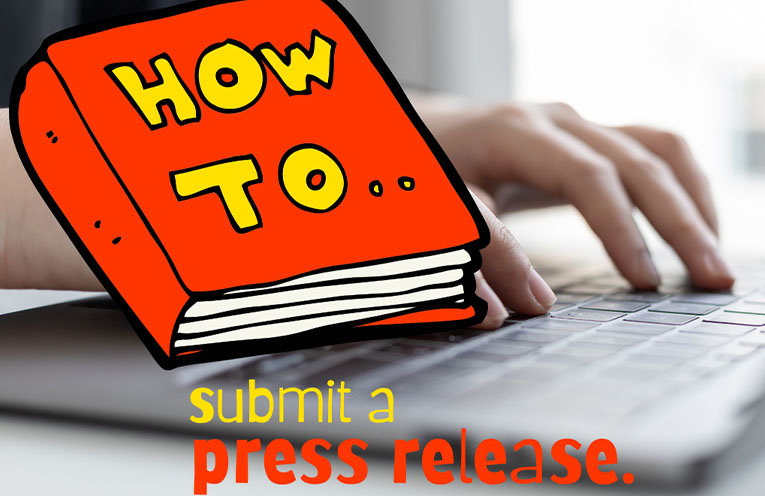AS someone who wears two hats – newspaper reporter and marketing agency owner – I see first-hand the difference between stories that get picked up quickly and those that stall in the inbox.
The good news? Most community organisations already have great stories to tell.
The challenge is in how that information is shared with the media.
Here are some practical tips to help your story cut through:
1. Send your release in the body of the email
Journalists don’t always have time to wrestle with file formats. Don’t send your press release as a PDF – they’re clunky and difficult to copy from. A Word document is fine, but pasting the release straight into the email body is even better. Make it easy for the journalist to access and use your words.
2. Always include a comment
If you’re writing on behalf of an organisation, include a quote from a leader or spokesperson. Add their full name, title, and a short, insightful comment that reflects the story’s importance.
For example: Jane Smith, CEO of Hastings Community Services, said the project would “create new opportunities for families to connect, learn and thrive in our region.”
This isn’t just a courtesy, it provides the human voice that makes a story publishable.
3. Provide a high quality photo (with details)
Every story is stronger with an image. Send a photo that clearly shows people, not just logos, posters, or landscapes, and is 1MB or larger. And always include who is in the photo (full name, title, and what the image represents).
For example: Photo: Jane Smith, CEO of Hastings Community Services, with volunteers at the community garden launch.
This gives context and saves the journalist chasing you for details.
4. If you don’t have a media rep – just send the basics
You don’t need a communications department to get coverage. A simple email with your story, a comment from the right person, and a good quality photo (with the name, title of who is in the photo and what the photo is about) is often enough to land in the paper.
5. Think the same way about social media
Too many organisations post images of posters or graphics without people. Social media is about connection – and people connect with faces and stories. Include photos of people in action, add detail in your captions, and where possible, quote someone. This not only makes your post more engaging but also increases the likelihood of it being shared and noticed.
Remember, journalists want to tell your story, but they need the right ingredients.
A well-crafted email with a quote, a photo with details, and a clear message can be the difference between getting published and being overlooked.
Community and sporting groups are always encouraged to let the newspaper know their latest updates.
To contact a specific reporter, check the contact list on page 2 of this newspaper, or email the news desk at media@newsofthearea.com.au.
By Sis HIGGINS



